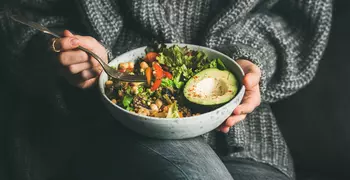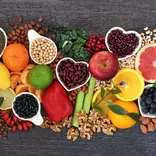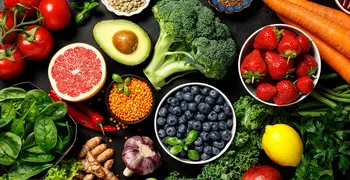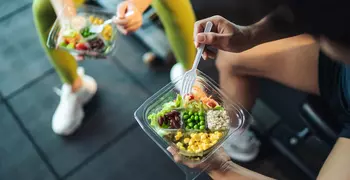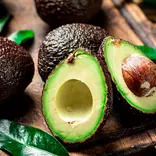Food and Wellbeing
One of the most important decisions you make each day is choosing which foods to eat. Whole, nutrient-dense foods are a necessary part of a healthy lifestyle. In addition, how you eat has an impact on wellbeing. Do you rush through meals, eating on the go? Or do you sit down with loved ones and savor your time together?
This section recommends that you make healthy food choices that follow the dietary guidelines set by the U.S. Department of Health and the U.S. Department of Agriculture. This will give your body the nutrients it needs, while controlling portion sizes and limiting high calorie foods.
Eat well to:
- Live longer
- Prevent disease
- Maintain healthy weight
Start eating better
Take charge of your diet and nutrition today.
How's your diet now? Set a specific goal
Collections of Recipes to try

Food as Medicine
There are many reasons why we should pay attention to what we eat.
We especially need to pay attention to what we eat when we are sick so we can give our bodies the nutrients it needs to heal. And if you want to be even more deliberate in improving health—perhaps to address a chronic disease or condition—a Functional Medicine approach can yield great benefits.






